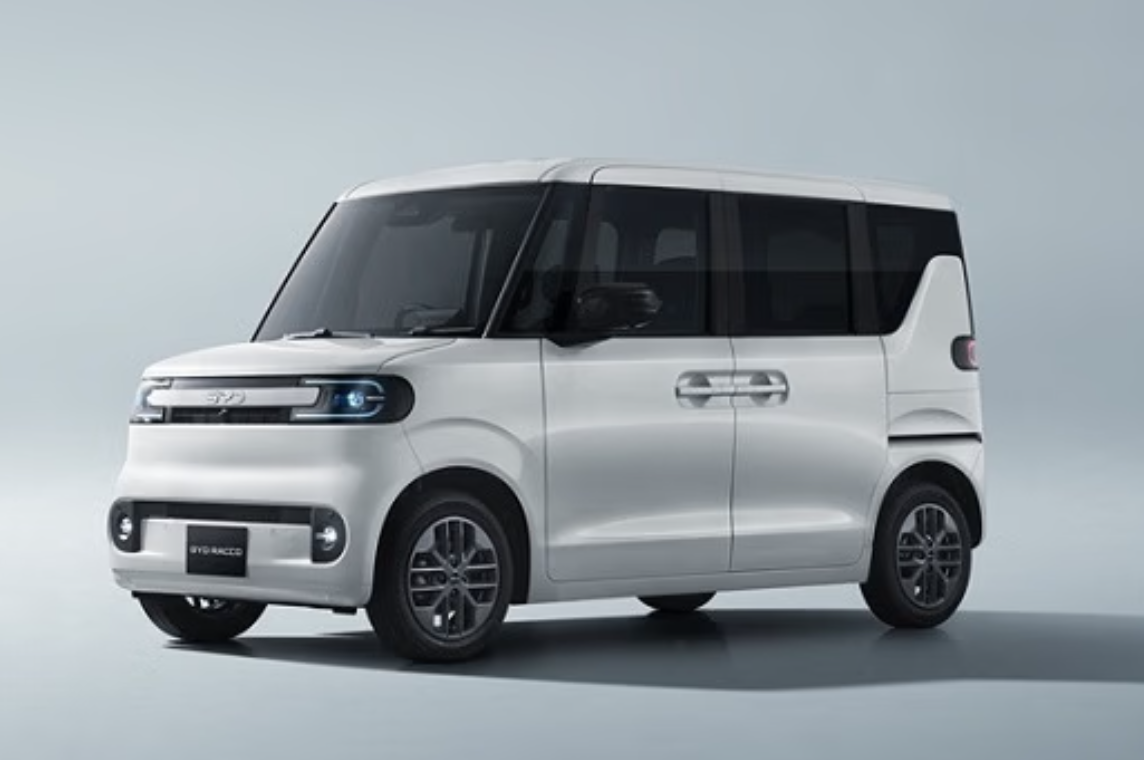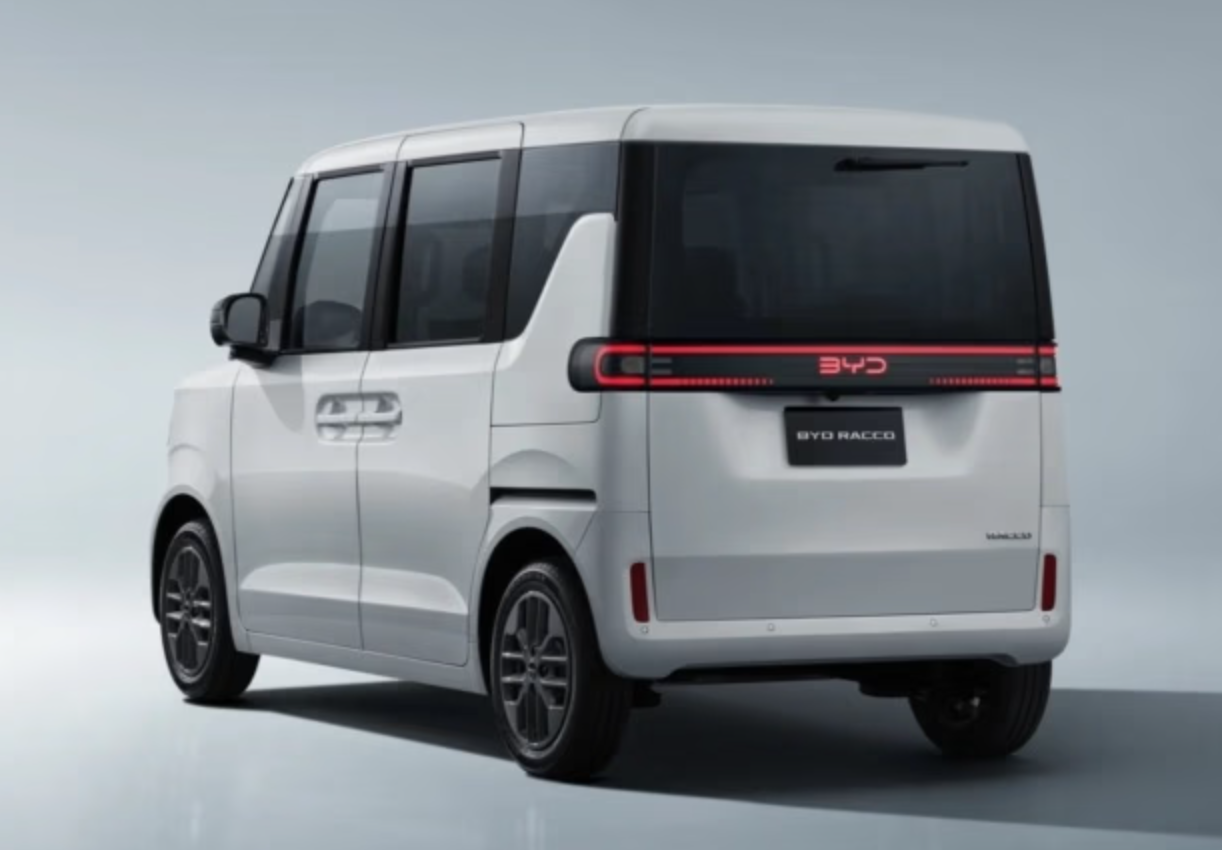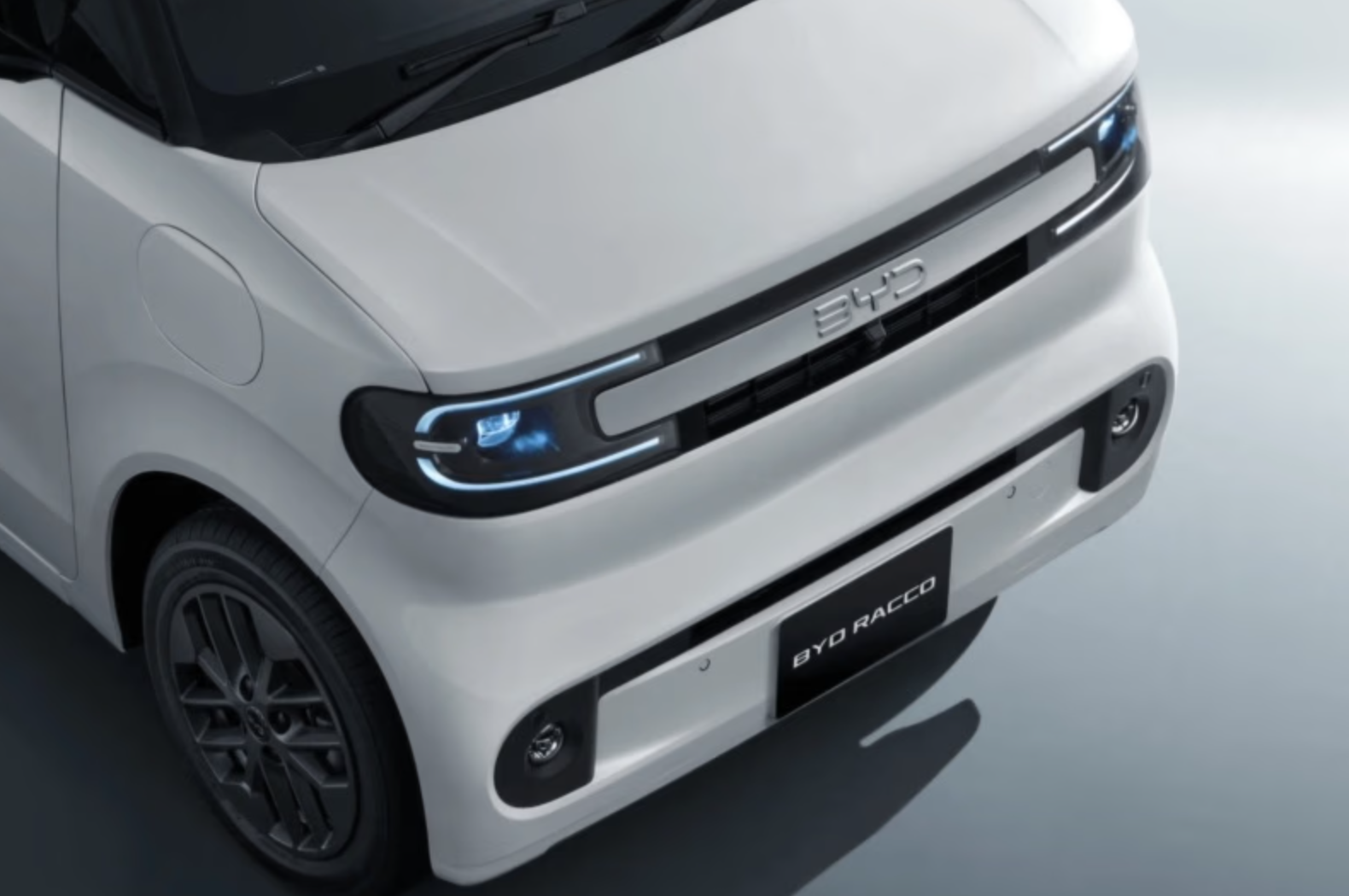Support CleanTechnica’s work through a Substack subscription or on Stripe.
For years, Japan’s unique kei car segment has been considered untouchable territory, a sanctuary reserved exclusively for domestic automotive giants like Suzuki, Daihatsu, Nissan, and Honda. These affordable, boxy minivehicles have become vital to daily life across Japan, representing the backbone of personal transportation in dense urban centers and rural communities alike. That dominance ended at the 2025 Japan Mobility Show when China’s BYD debuted the BYD RACCO K-EV, marking an aggressive entry into this protected market.
Unveiled under BYD’s unified “ONE BYD” theme at Tokyo Big Sight, the RACCO is more than another electric vehicle launch. Its name, derived from the Japanese word for “sea otter,” fits BYD’s marine animal naming tradition and highlights its Japan-specific design. Unlike other BYD models sold in Japan, the kei car contender is the company’s first vehicle designed exclusively for an overseas market, signaling BYD’s serious commitment to Japan, the world’s third-largest automotive market.

Significance Of The RACCO
Kei cars represented about 1.55 million units, or roughly 40% of new vehicle sales in Japan last year. This dwarfs the electric vehicle market, which sold fewer than 30,000 battery-electric vehicles in the first half of 2025. By introducing a battery-electric vehicle that meets the kei car tax-advantaged size, BYD competes directly with best-sellers like the Nissan Sakura and Mitsubishi eK X EV, proving electric powertrains can succeed in this traditionally conservative segment.
The RACCO is central to BYD’s “EV + PHEV” strategy in Japan, catering to consumers who value both ultra-urban efficiency and long-range flexibility. BYD showcased the RACCO alongside hybrid and electric models, including the Sealion 6 DM-i plug-in hybrid, updated Atto 3 electric SUV, and Yangwang U9 supercar, reflecting a broad range of ambition from compact cars to performance vehicles.
Kei Car Design Constraints
The design follows kei car regulations limiting size to 3,400 mm length, 1,480 mm width, and 2,000 mm height, with power capped at 63 horsepower. Its proportions maximize interior space, including sliding rear doors for tight parking, C-shaped LED lights, 15-inch alloy wheels, and an aerodynamic front with a closed grille to reinforce its electric identity.
Rounded exterior elements convey a friendly character, softening concerns about foreign design, which aims to build consumer trust. The two-tone white and black trim adds personality popular in the kei segment.

Battery Technology
The mini-van uses BYD’s Blade lithium iron phosphate battery with about 20 kWh capacity and an estimated 180 km range, matching the Nissan Sakura. The LFP chemistry emphasizes safety, durability, and cost efficiency, reducing fire risk and lowering production costs.
BYD plans two battery variants for short and long range, addressing both budget and range-conscious buyers. Power is expected from a single front-wheel motor delivering up to 63 horsepower as per kei limits, with instant torque ideal for city driving.
Notably, the it supports DC fast charging up to 100 kW, far faster than competitors like the Nissan Sakura’s 30 kW, promising significantly reduced charging times.
The RACCO upgrades the typically utilitarian kei interior with a dual-screen setup, smartphone connectivity, and efficient space use, thanks to the EV platform. Features like a standard heat pump improve winter range, and an advanced driver assistance system aims to exceed domestic rivals with modern safety tech.
Market Strategy
Pre-orders start summer 2026, with a competitive price of around 2.5 million yen before subsidies, comparable to rivals. Although initial plans suggested retail partnerships, BYD clarified that collaborations like with Aeon are limited promotional efforts.
BYD is expanding its dealer network in Japan to improve aftersales service, a critical factor for consumer acceptance. Aggressive pricing and feature upgrades across BYD’s lineup demonstrate its strategy to capture market share through vertical integration and scale.
The kei EV segment is small but growing. Nissan, Mitsubishi, Honda, and Suzuki all offer or plan electric kei models, with Daihatsu yet to announce concrete plans following recent scandals. Electric adoption in the kei segment faces challenges like short battery range, limited home charging in dense urban housing, and reliance on public charging.
BYD’s fast charging and tech features directly address some barriers. Japanese automakers see BYD as a wake-up call to focus more on battery-electric vehicles rather than hybrids.
Strategic Implications
The RACCO is the first kei car from a foreign maker, breaking a market held tightly by Japanese brands. BYD’s vertical integration, manufacturing scale, EV expertise, and Chinese government support give it advantages to overcome traditional obstacles.
Manufactured in China, not Japan, is unusual but reflects BYD’s cost advantages outweighing transport and consumer reservations about imports.
Despite Japan’s tech prowess and environmental focus, EV adoption remains low compared to China, Europe, and the US. Factors include successful hybrid adoption, limited charging infrastructure, cultural preferences, and electricity supply challenges.
The kei EV segment, led by Nissan’s Sakura, shows potential for growth if vehicles meet usage and price expectations, a challenge BYD aims to meet.
BYD faces skepticism about Chinese manufacturing quality but demonstrates commitment with extensive prototype testing for Japan’s varied conditions. Consistent quality, parts availability, service, and resale value will be crucial for broader acceptance beyond early adopters.
This kei car contender represents a major challenge to Japanese automakers in their home segment, forcing faster electric vehicle development. BYD is expected to gain modest initial share, with growing acceptance as service networks expand and younger buyers prioritize technology and value.
Whether BYD’s entry marks a shift in Japan’s automotive landscape will depend on the RACCO’s success and the domestic industry’s response. Its current Atto 3 isn’t making too much of a dent, but has charged forward enough to be noticed.

Sign up for CleanTechnica’s Weekly Substack for Zach and Scott’s in-depth analyses and high level summaries, sign up for our daily newsletter, and follow us on Google News!
Have a tip for CleanTechnica? Want to advertise? Want to suggest a guest for our CleanTech Talk podcast? Contact us here.
Sign up for our daily newsletter for 15 new cleantech stories a day. Or sign up for our weekly one on top stories of the week if daily is too frequent.
CleanTechnica uses affiliate links. See our policy here.
CleanTechnica’s Comment Policy




